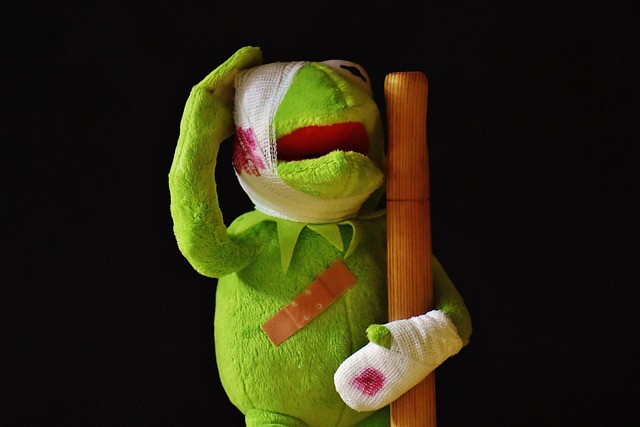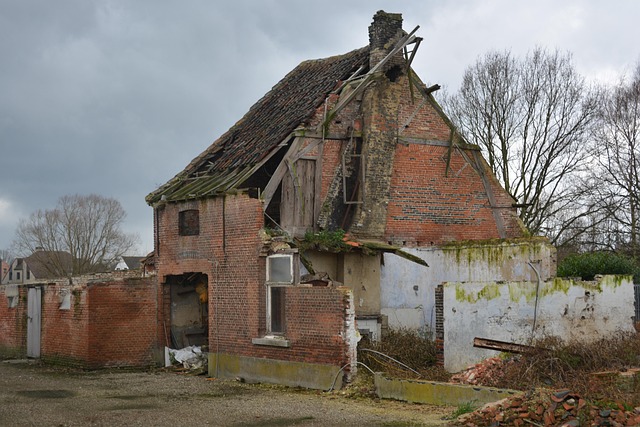Defective children's products pose significant risks, from choking hazards due to manufacturing flaws like loose parts to exposure to toxic substances through hazardous materials. Common issues include structural weaknesses, material failures, and design flaws, leading to personal injury claims and legal action comparable to truck accidents or elder abuse cases. Recent high-profile recalls highlight the need for stringent quality control, with parents and caregivers advised to be vigilant upon purchase. Legal assistance is crucial in navigating insurance disputes and personal injury claims arising from these defects, ensuring adequate compensation and protection.
In the dynamic landscape of manufacturing, ensuring product safety, especially for children’s items, is paramount. Defective children’s products can have severe consequences, leading to recalls that disrupt businesses and erode consumer trust. This article delves into the prevalent types of defects plaguing these products, exploring recent recall cases. We dissect why children’s goods are particularly susceptible to flaws, shedding light on regulatory factors and manufacturing challenges. Furthermore, we present strategic solutions, from quality control best practices to third-party certification, offering insights to mitigate risks and reduce the incidence of defective children’s product recalls.
- Prevalent Types of Defects in Children's Products
- – Identifying common defects like material failures, manufacturing errors, and design flaws.
- – Case studies of recent recalls highlighting these issues.
Prevalent Types of Defects in Children's Products

In the realm of children’s products, defects can range from minor to severe, often posing significant risks to young users. Common types include manufacturing flaws such as poor stitching in toys, loose parts, and structural weaknesses. These issues can lead to potential hazards like choking hazards due to small detachable parts or the failure of a product to withstand normal play, resulting in injuries.
Another prevalent defect is the use of hazardous materials, particularly in products that come into direct contact with children’s skin. Some manufacturers may cut corners by using low-quality, toxic substances, which can lead to cases similar to those handled by a truck accident attorney—children suffering from exposure to harmful chemicals. Furthermore, inadequate product design or engineering, akin to breaches of fiduciary duty in other contexts, can result in products that are not safe for their intended use, setting the stage for elder abuse when vulnerable children are put at risk.
– Identifying common defects like material failures, manufacturing errors, and design flaws.

When it comes to children’s products, ensuring safety is paramount. Identifying common defects like material failures, manufacturing errors, and design flaws is crucial in preventing potential personal injury claims. These issues can range from poor-quality materials that degrade over time to assembly mistakes that compromise structural integrity. For instance, a toy may be recalled due to small parts detaching easily or a clothing item might have faulty closures that pose a choking hazard.
Regular inspection and testing are essential in the manufacturing process to catch these defects early. However, despite safety measures, product liability cases related to defective children’s products can arise. If a child sustains an injury caused by a recalled item, seeking legal counsel from a car accident attorney is a common step to understand rights and potential compensation.
– Case studies of recent recalls highlighting these issues.

In recent years, several high-profile recalls have brought attention to manufacturing defects in children’s products, underscoring the need for stringent quality control measures. For instance, a leading toy manufacturer recalled millions of dolls due to inadequate paint that could lead to exposure to toxic chemicals. Another case involved a popular brand of children’s bicycles, where faulty brakes were identified as a potential hazard, highlighting the critical importance of safety in design and manufacturing processes.
These recalls serve as stark reminders of the consequences of defective children’s products. Parents and caregivers must be vigilant in checking for any signs of issues upon purchase. In the event of an injury due to a recalled item, individuals may require legal assistance to navigate insurance coverage disputes or even personal injury claims, similar to real estate litigation processes, ensuring they receive adequate compensation and protection.
Manufacturing defects in children’s products are a significant concern, as evidenced by frequent recalls. Common issues include material failures, manufacturing errors, and design flaws, as seen in recent case studies. Parents and caregivers must stay informed about these recurring problems to make safe purchasing decisions for their children. By identifying and addressing these defects, manufacturers can ensure the well-being of young users and reduce the need for costly recalls.






